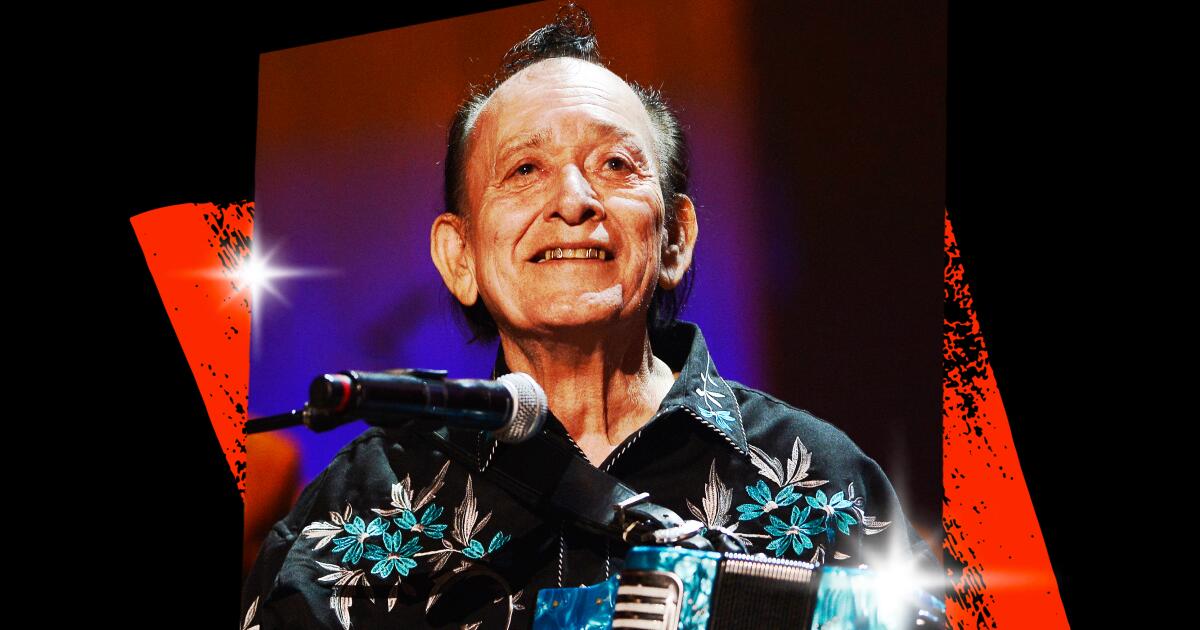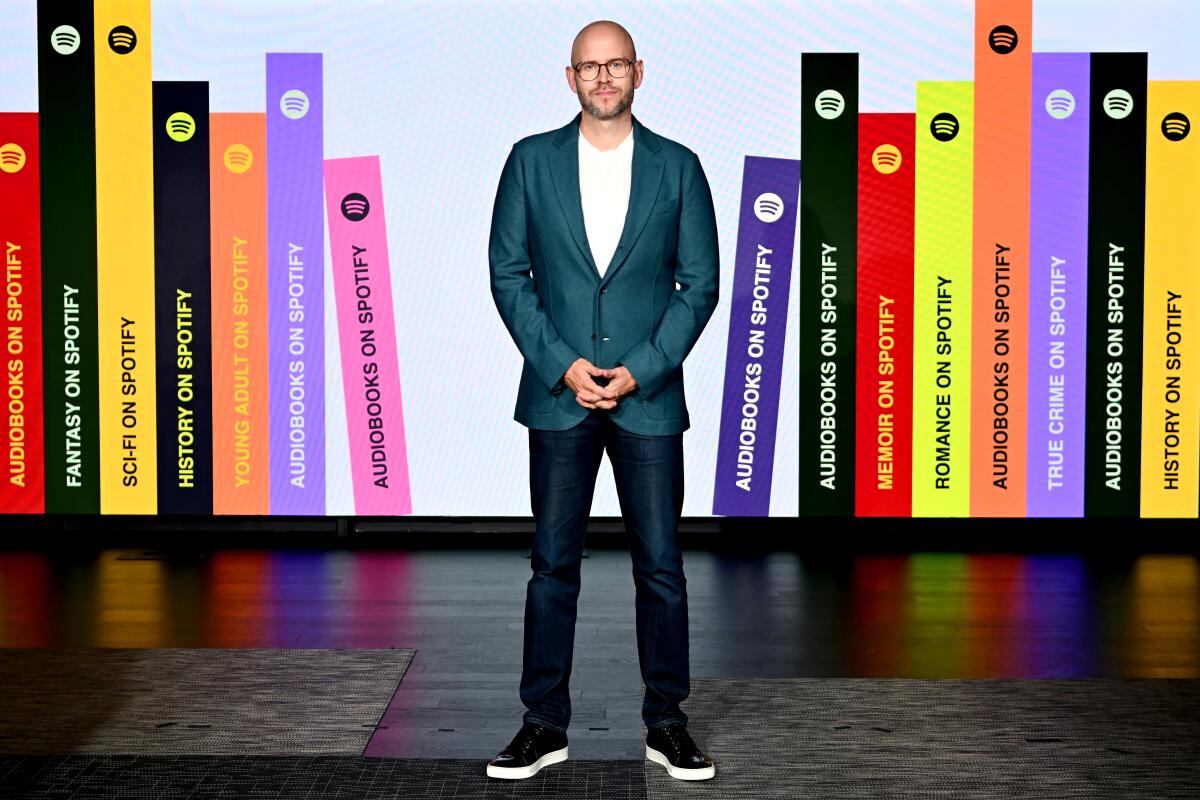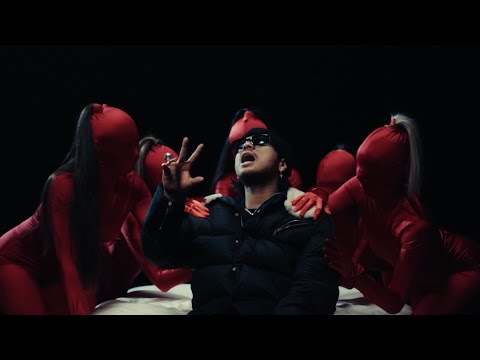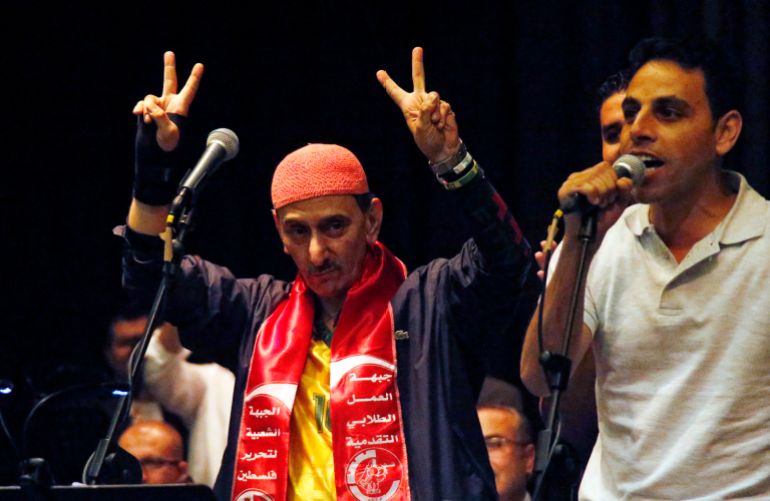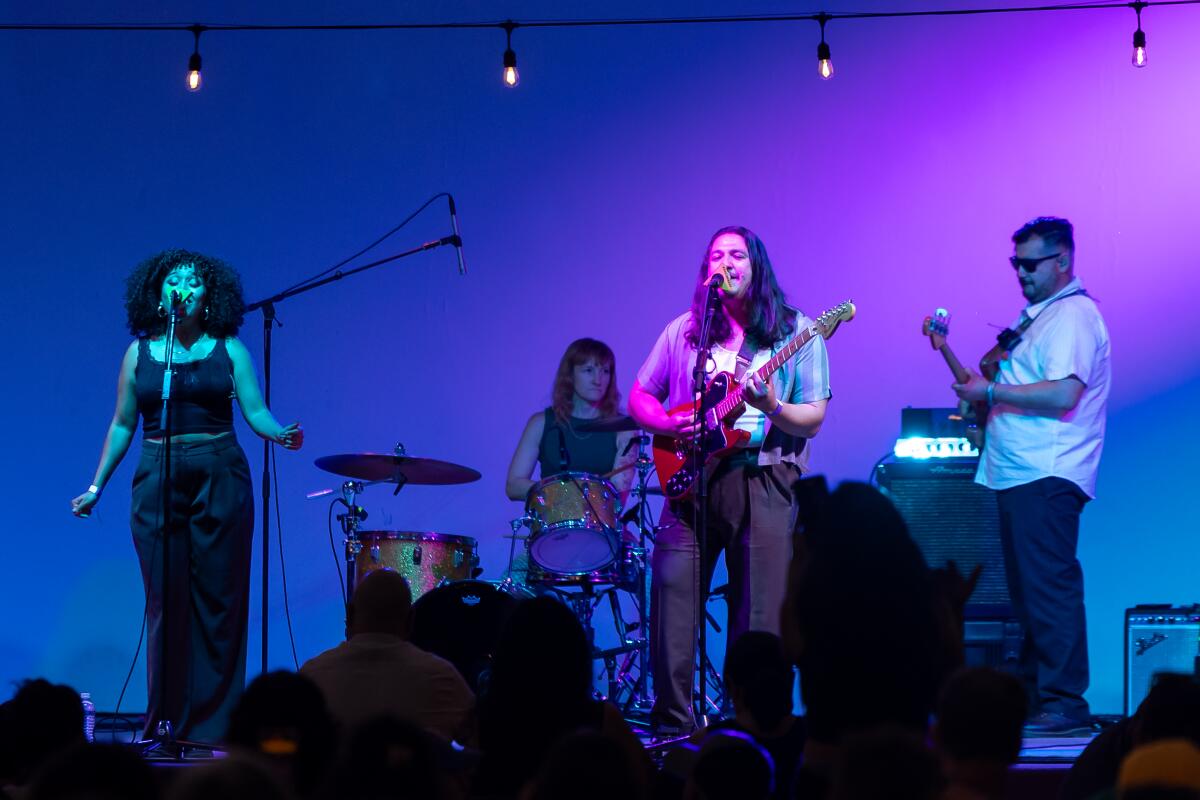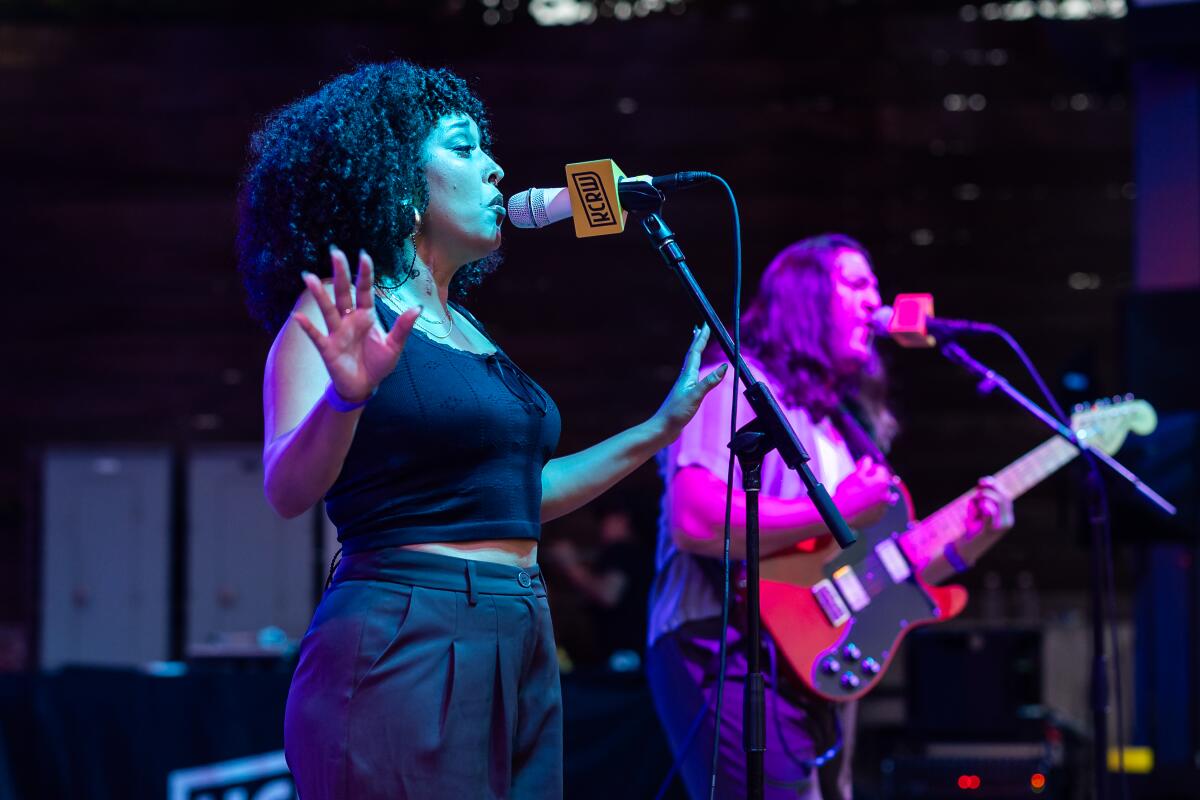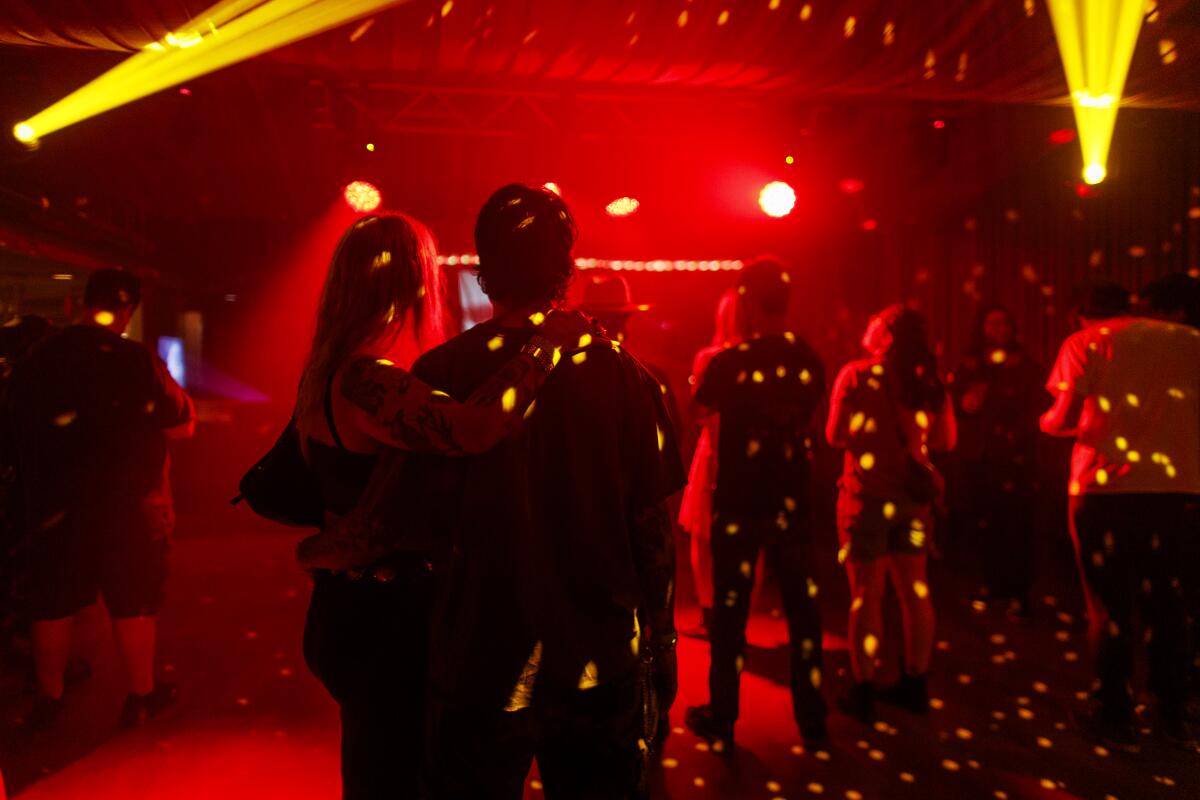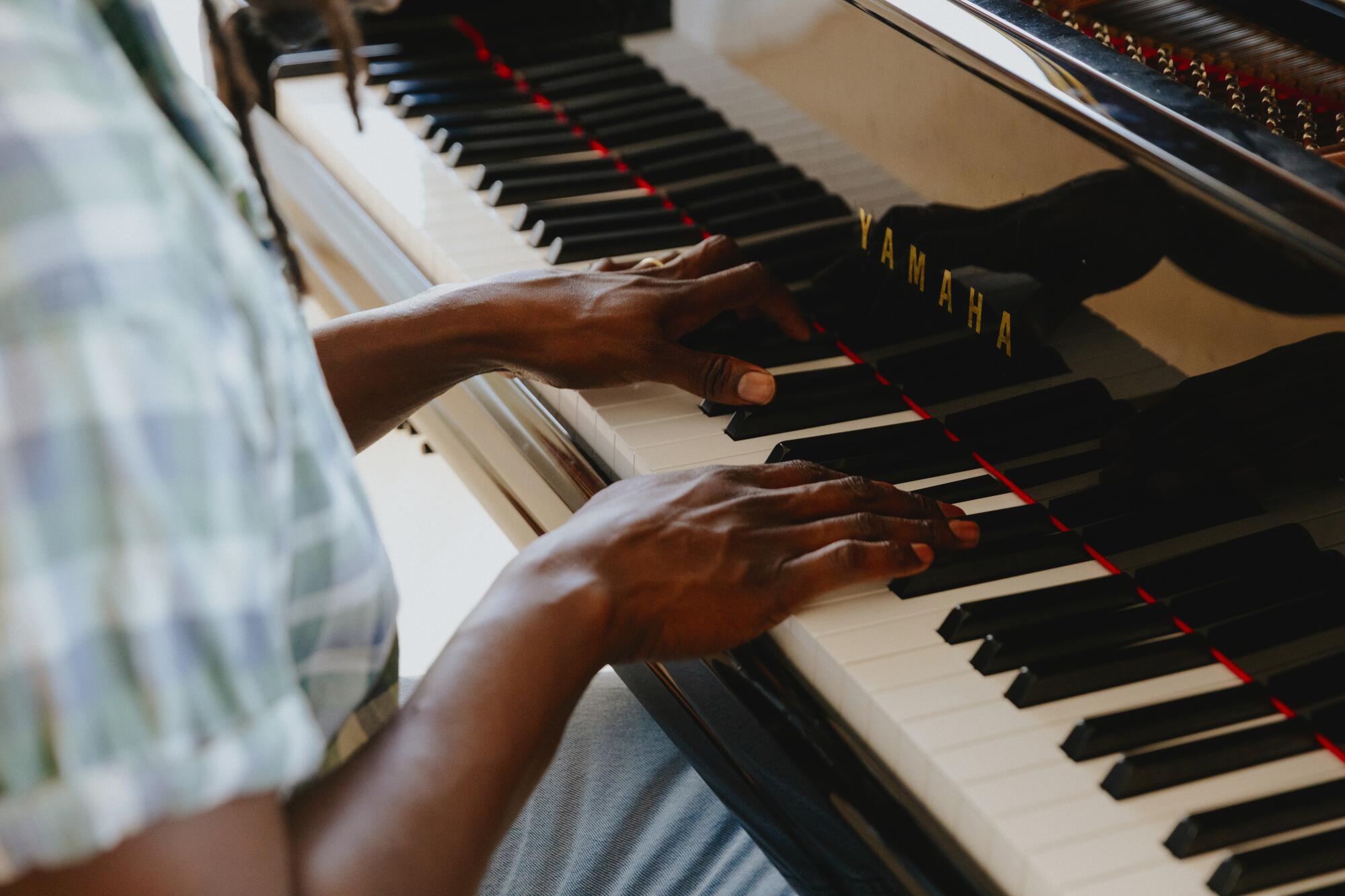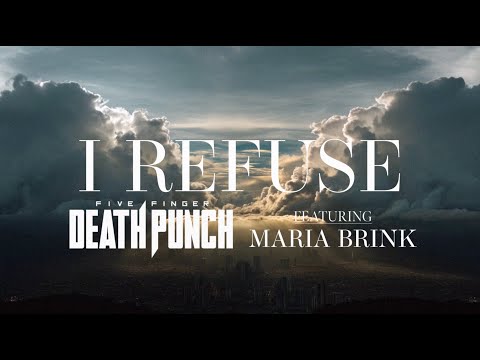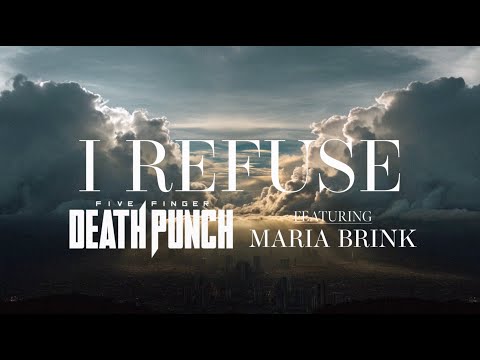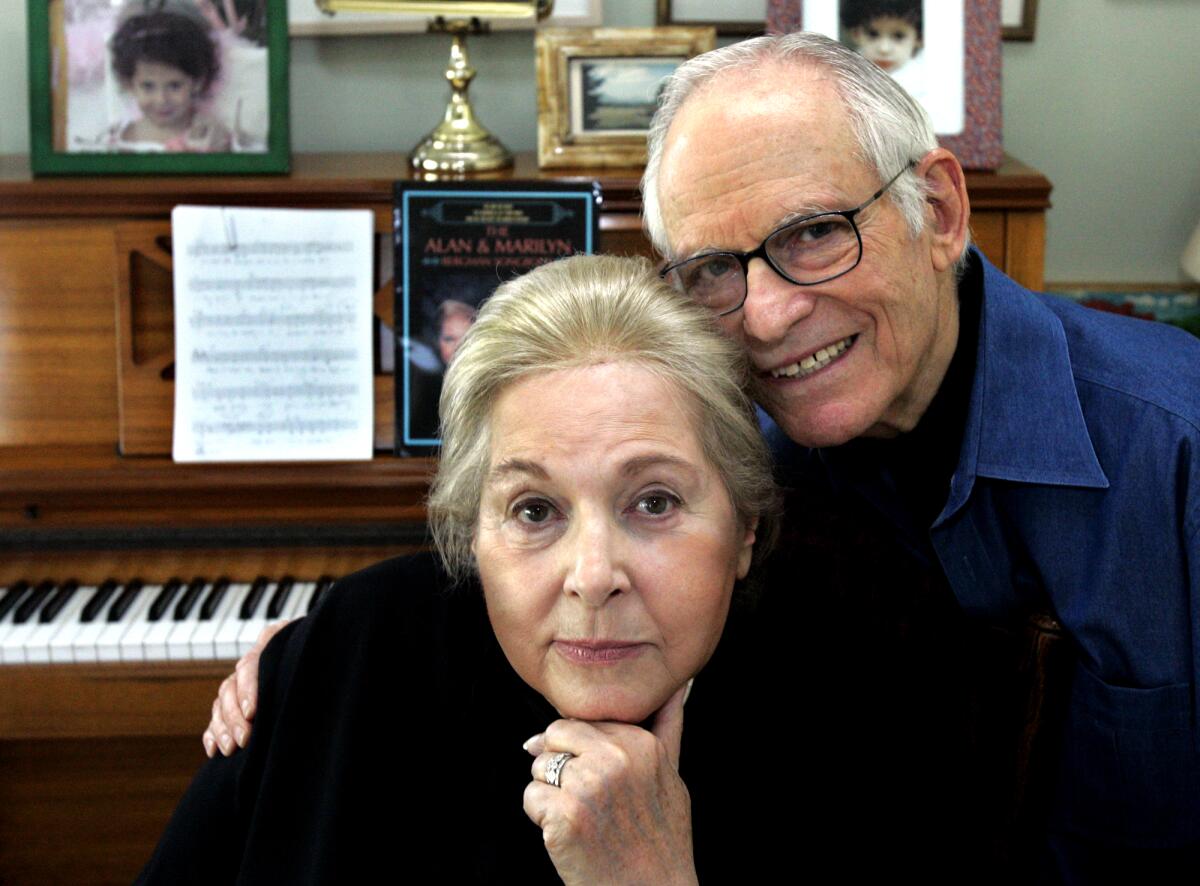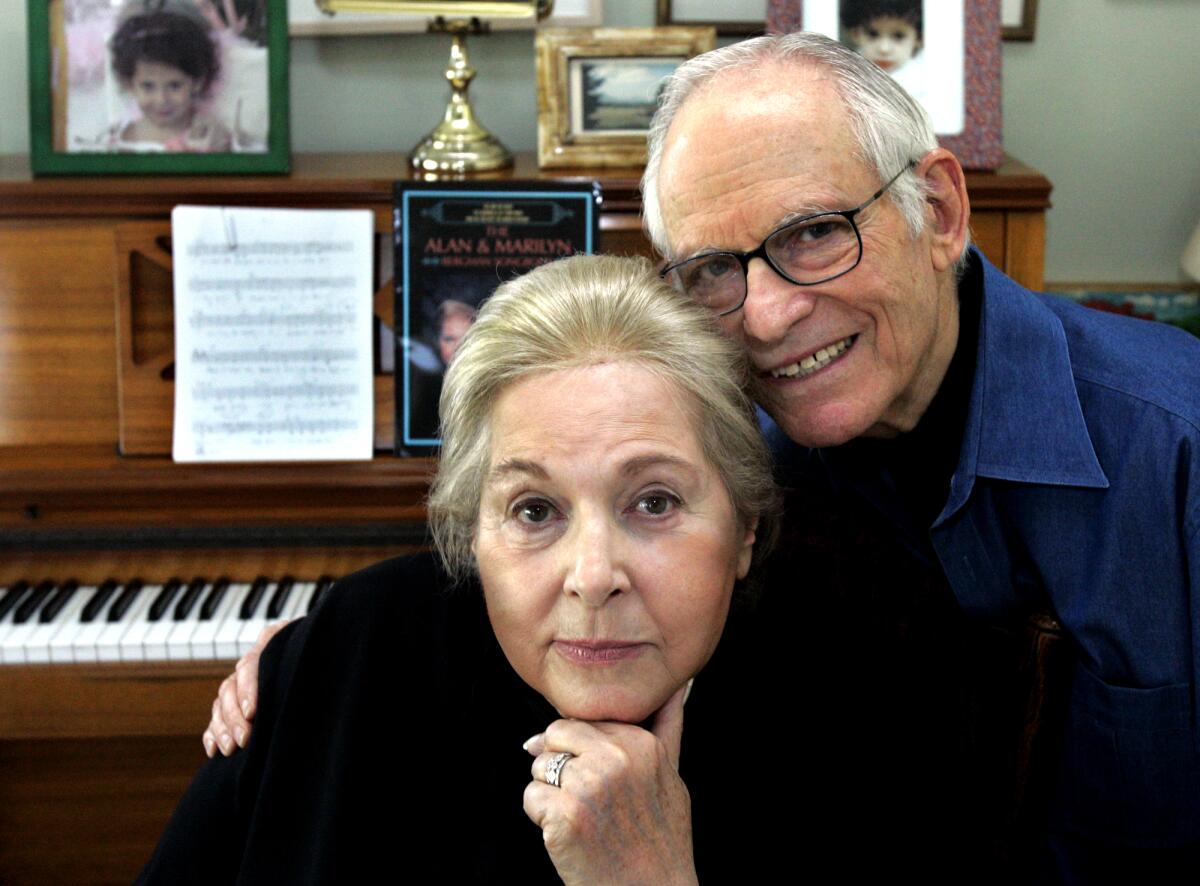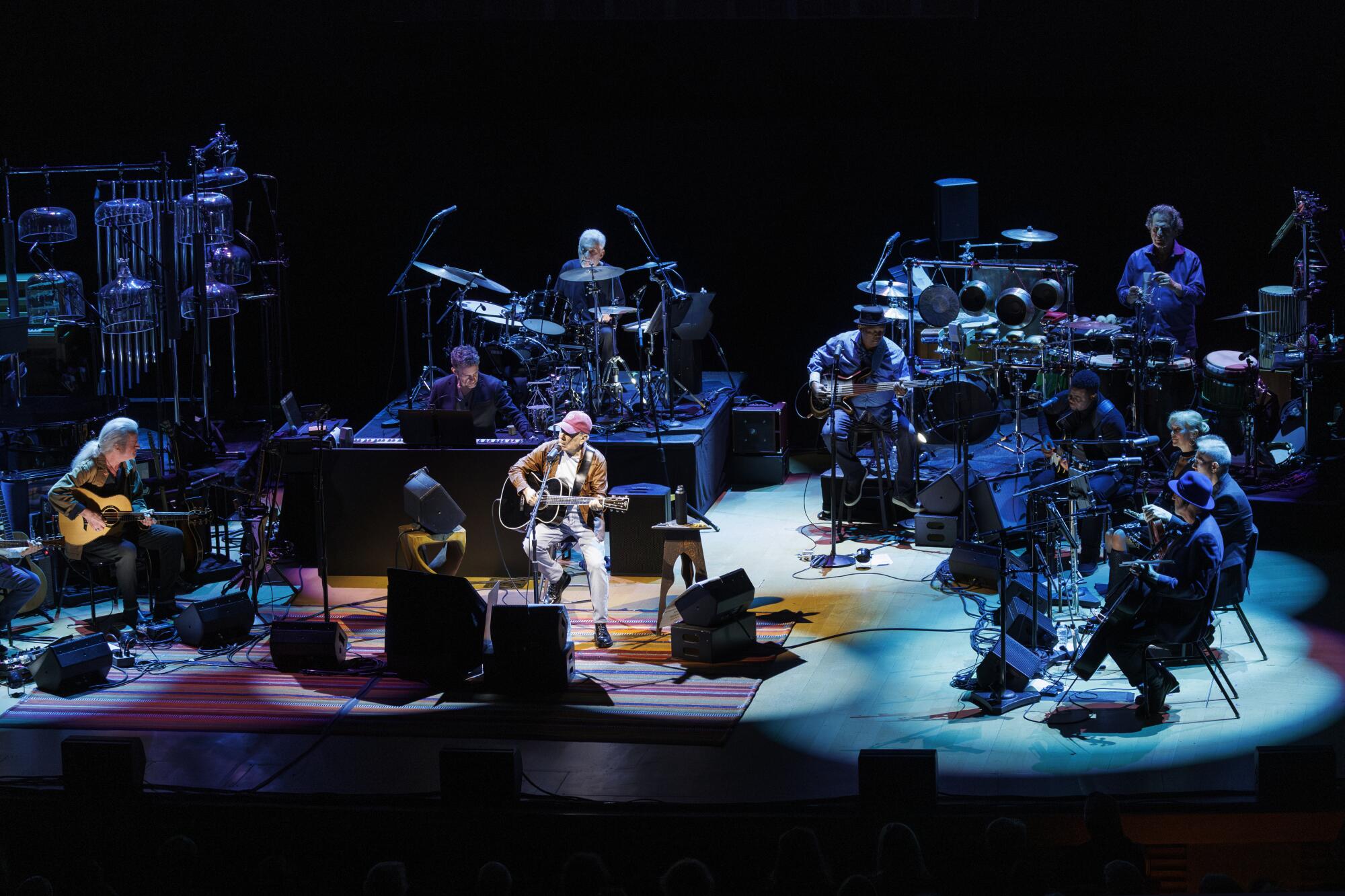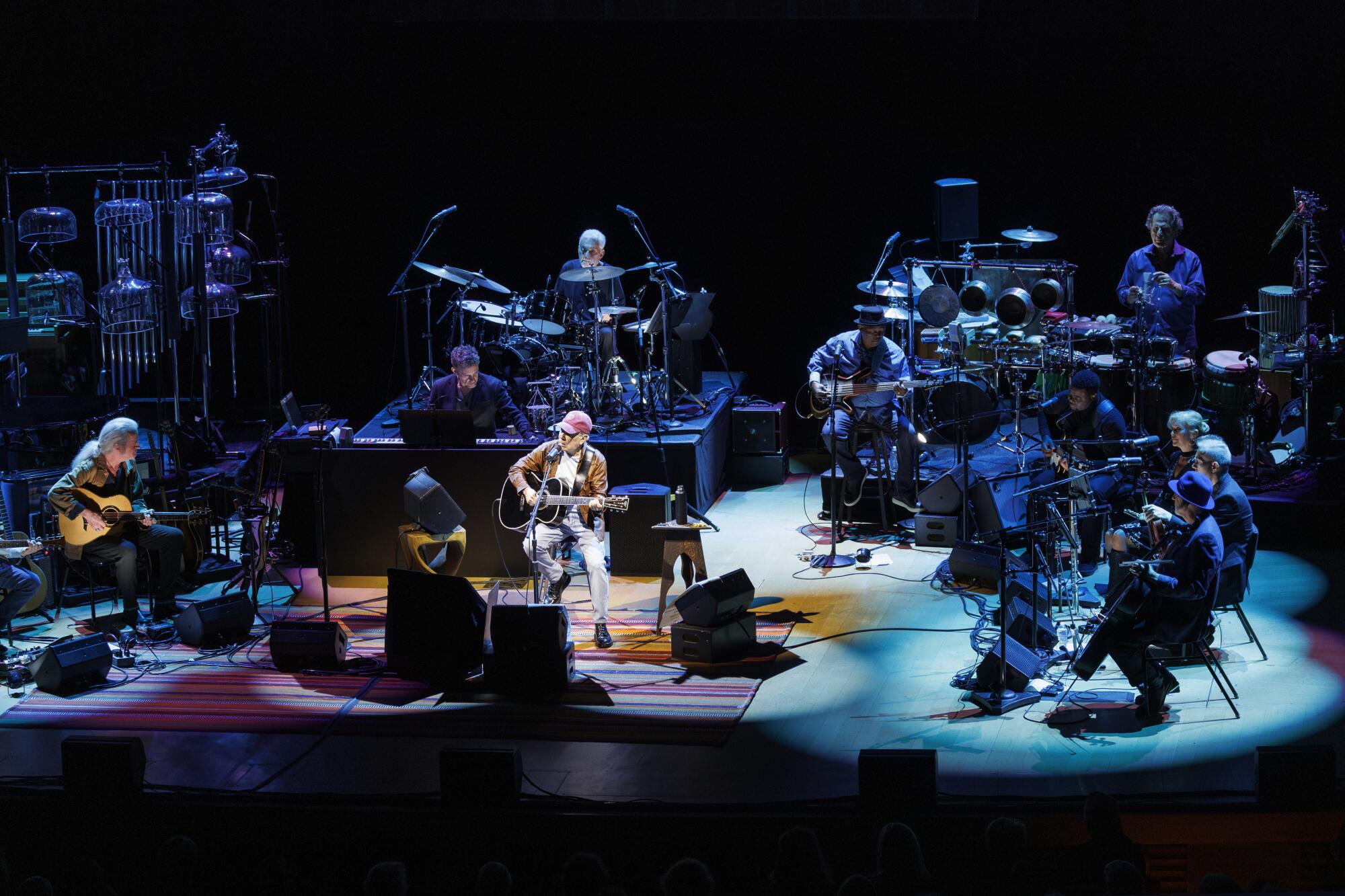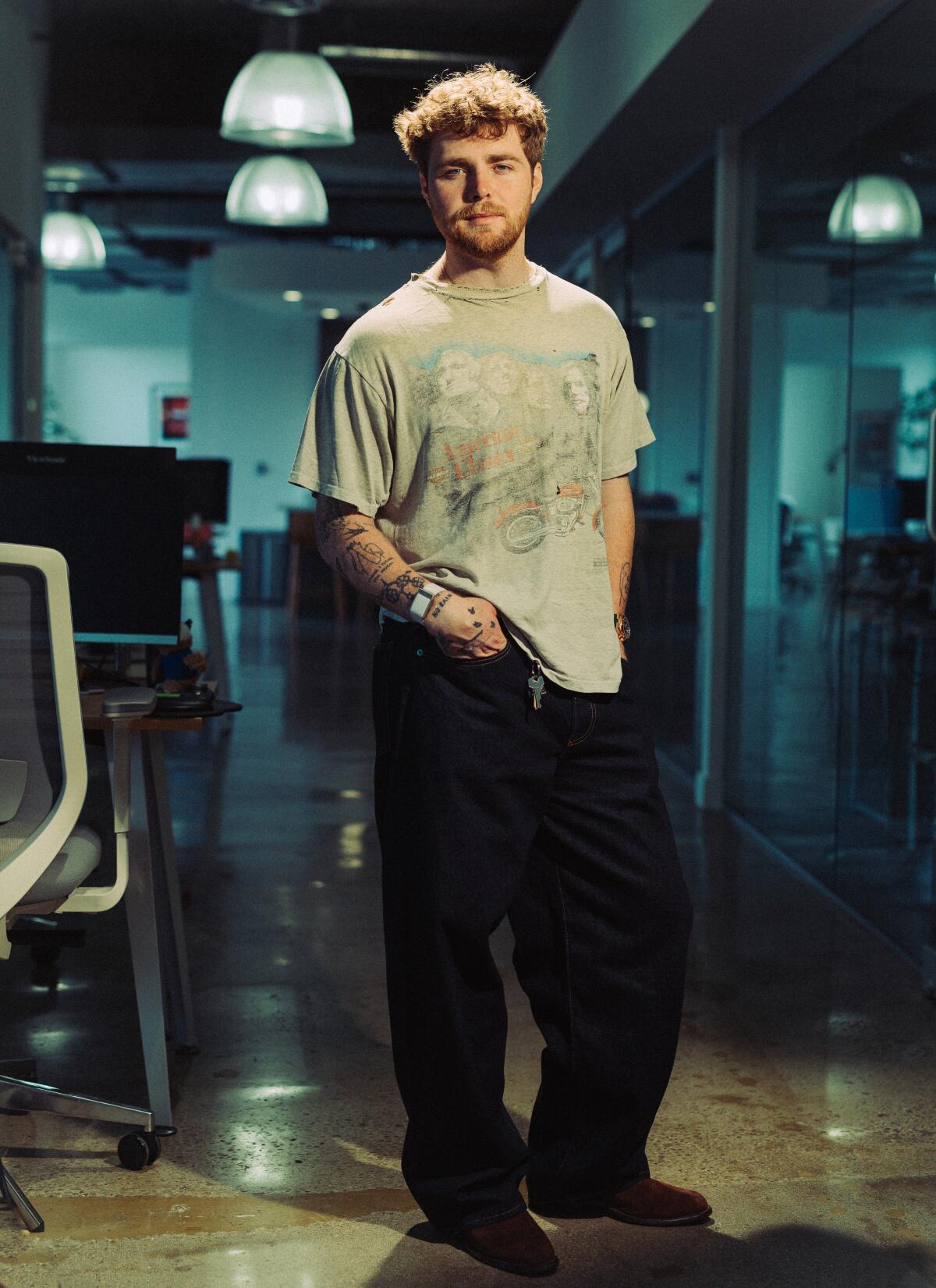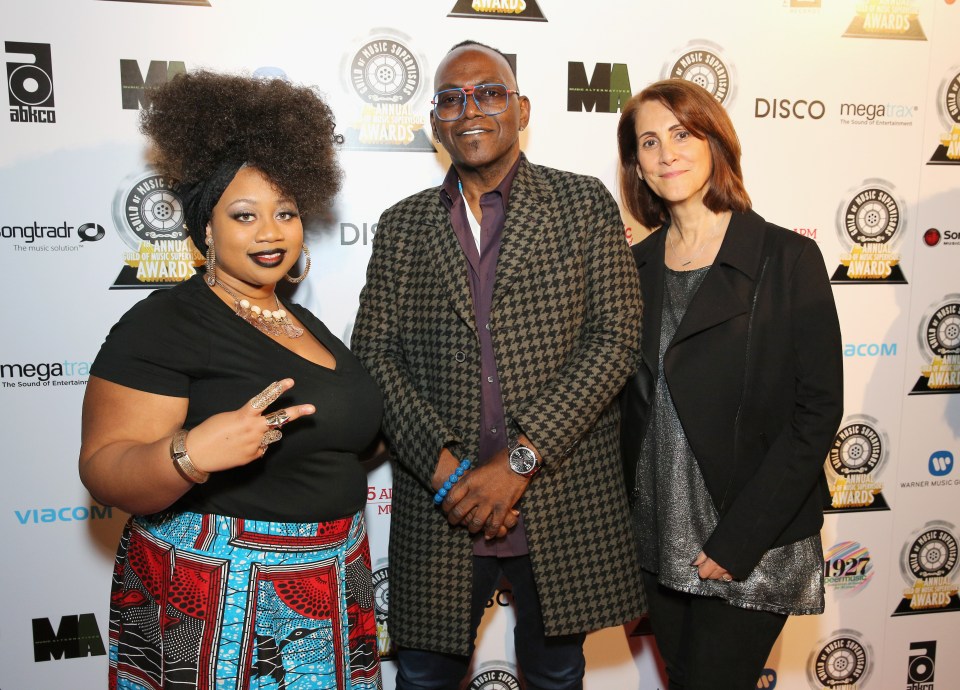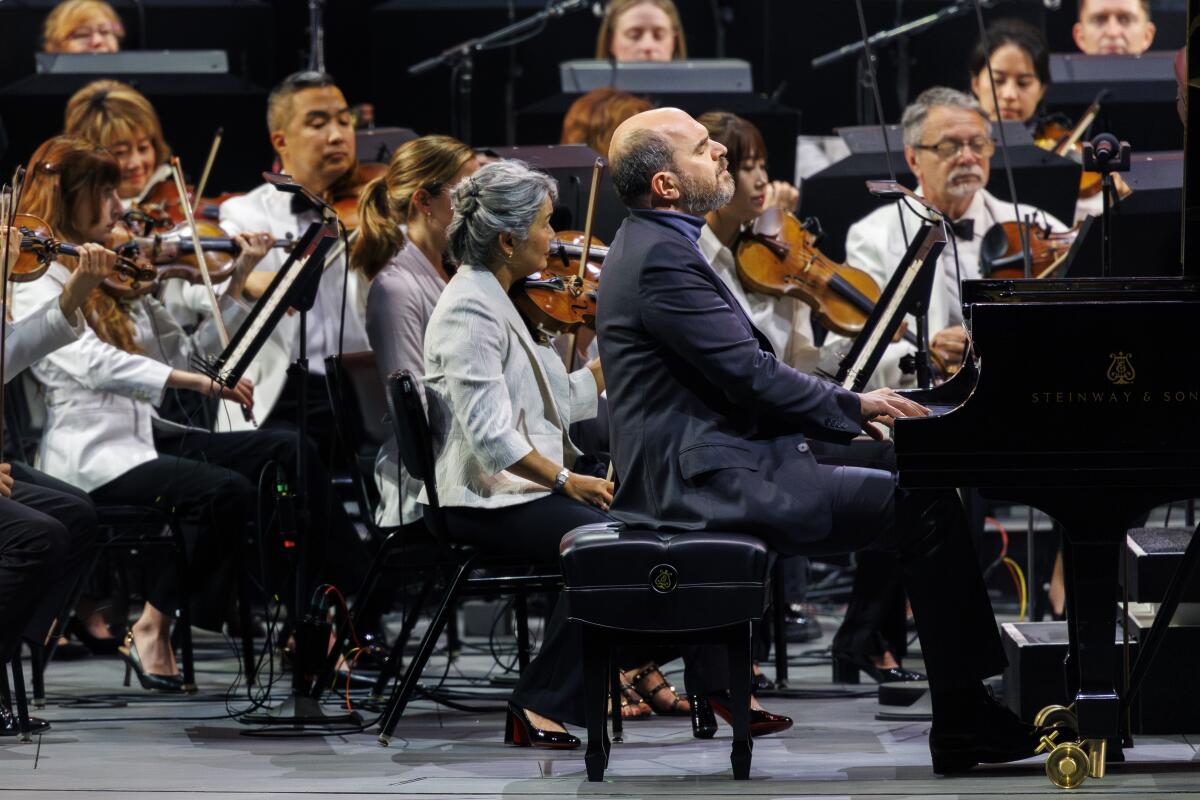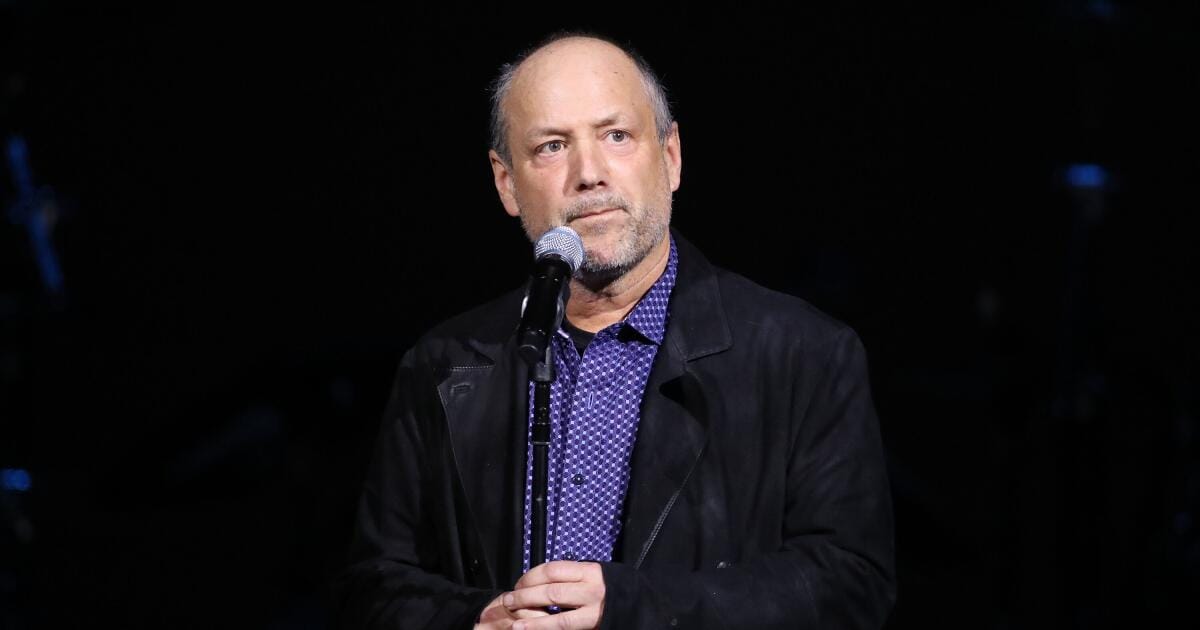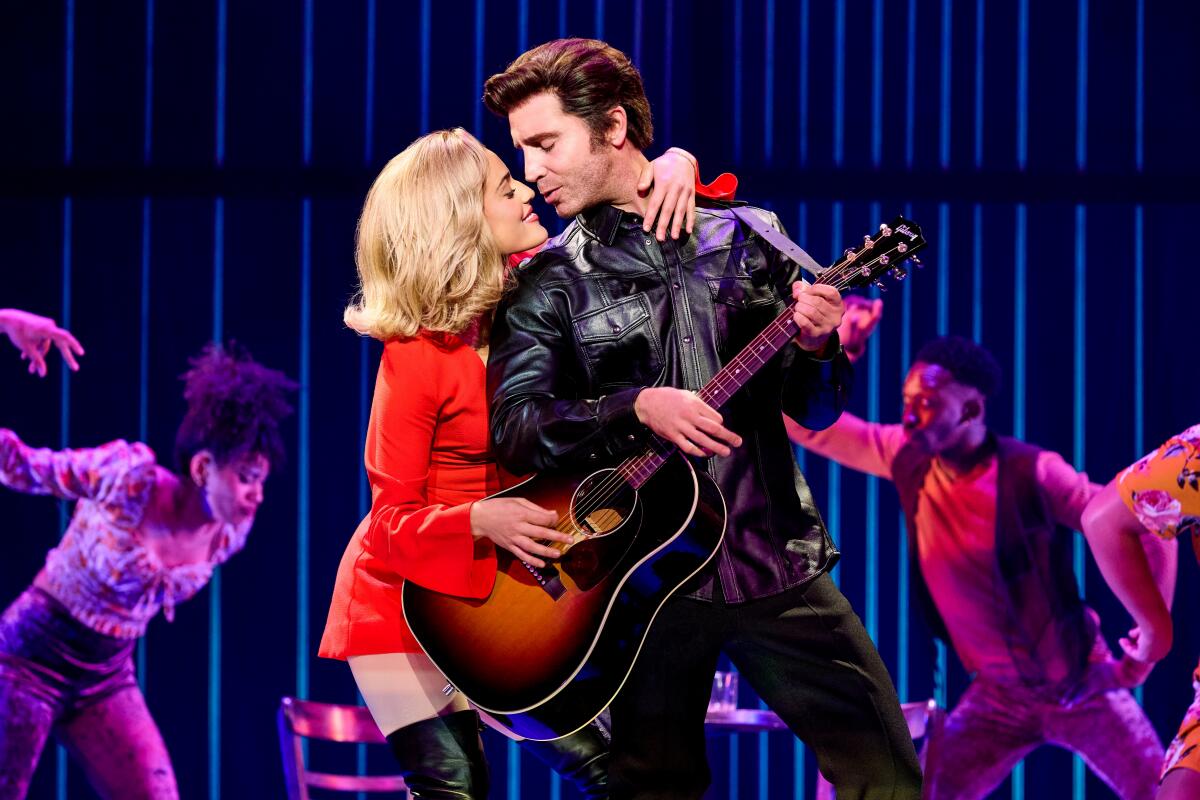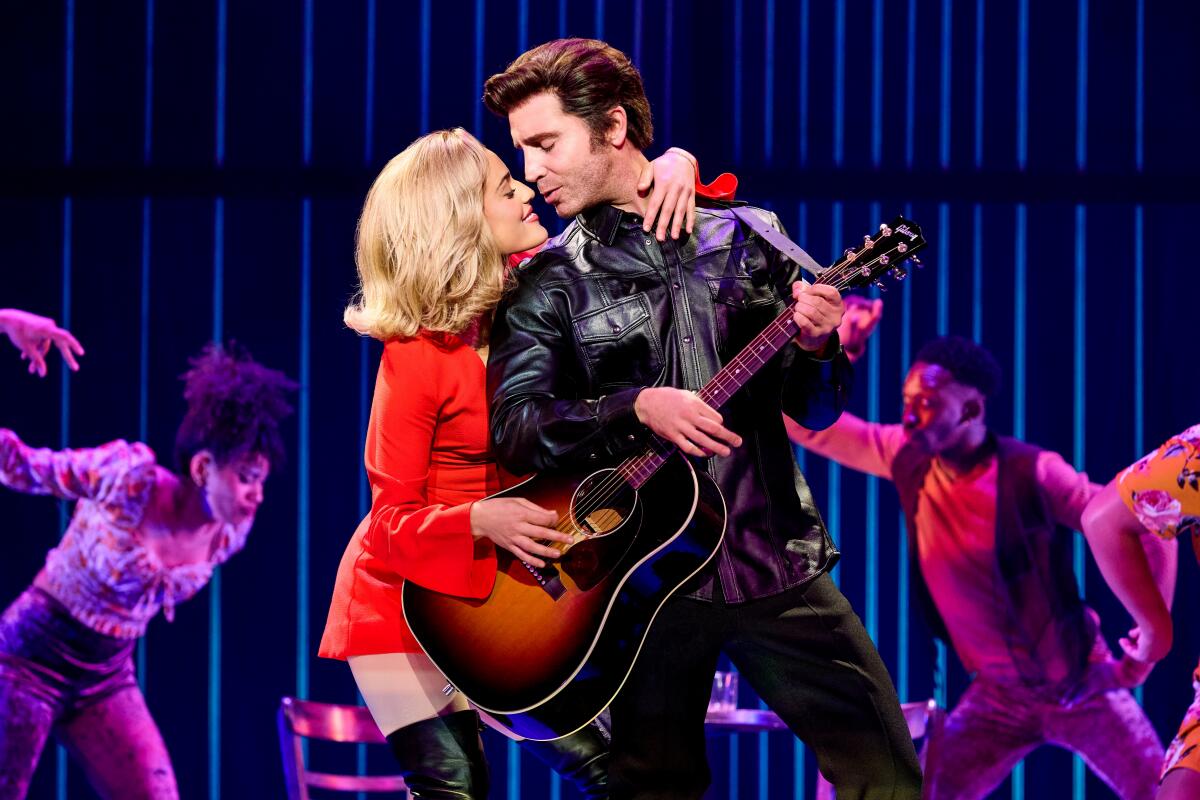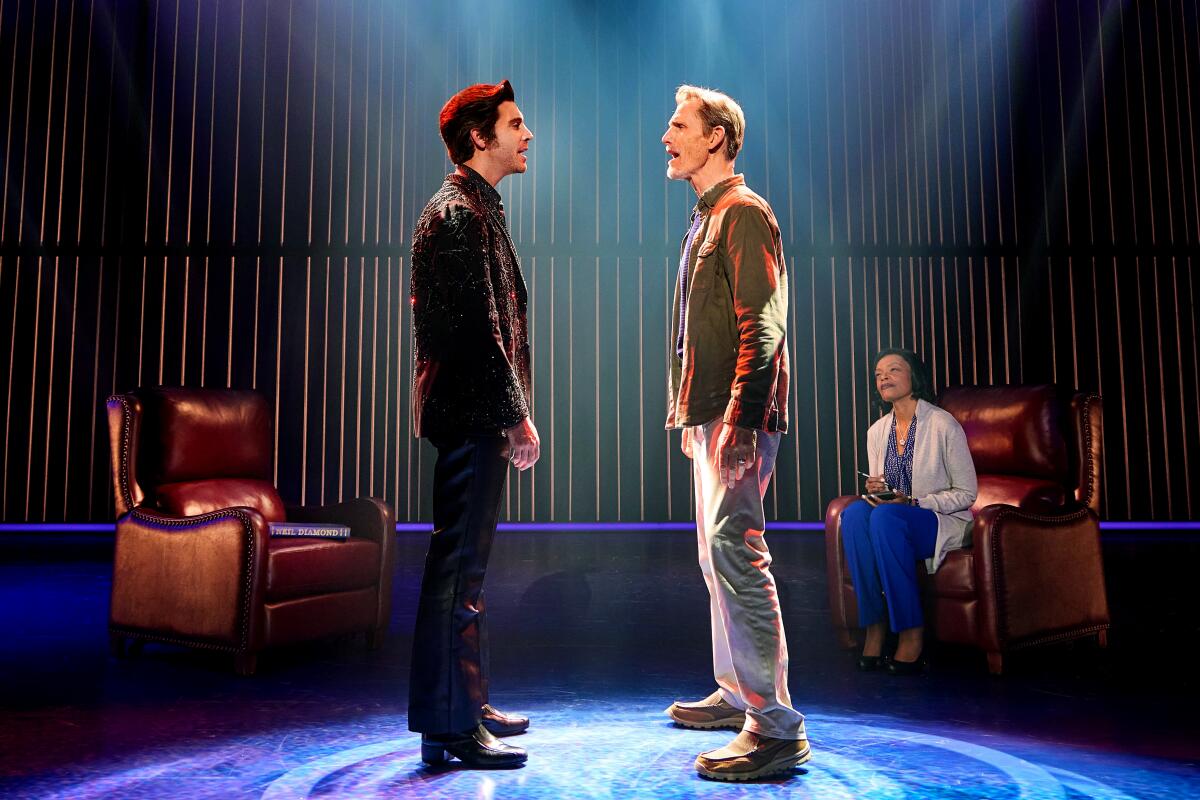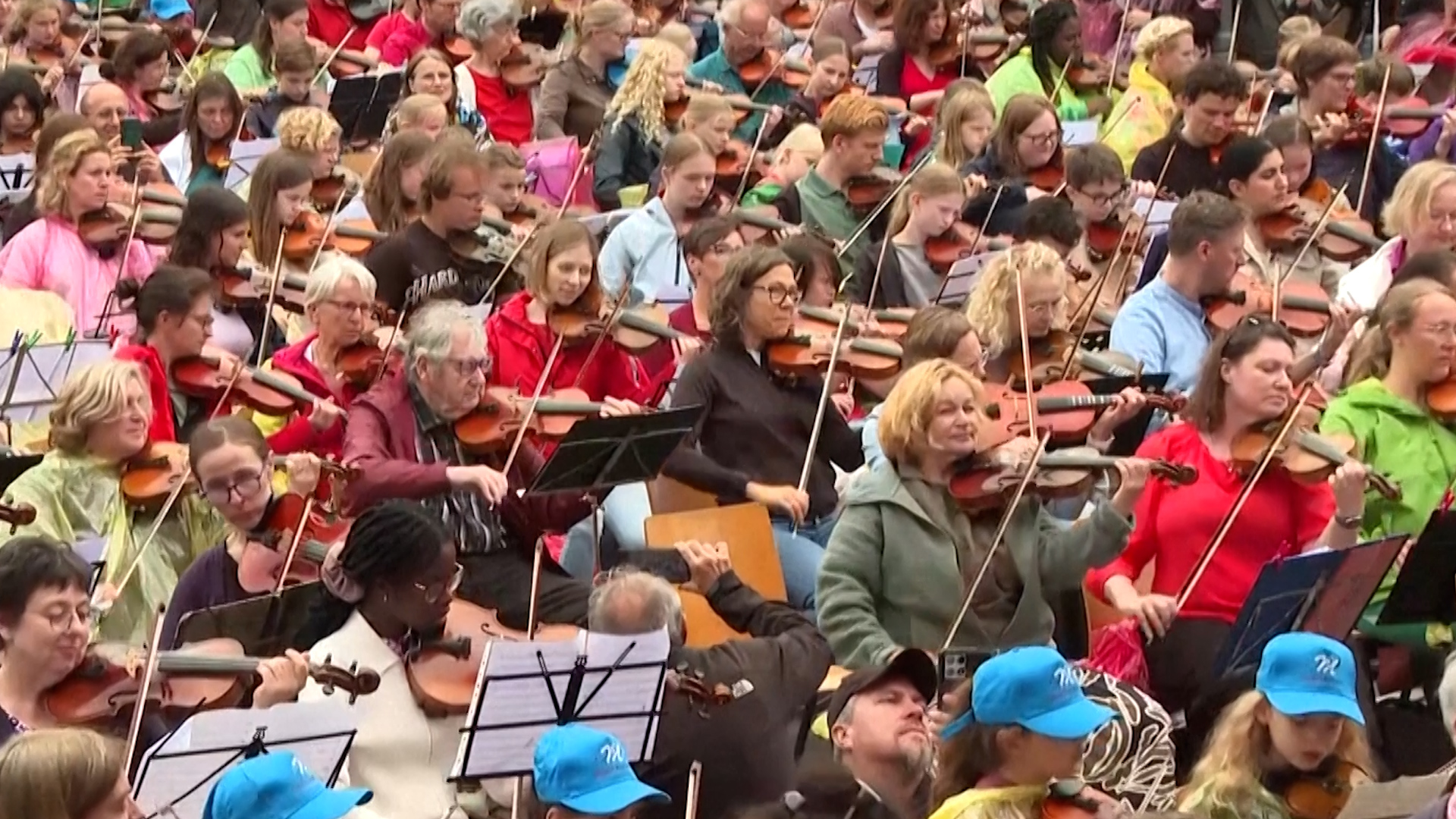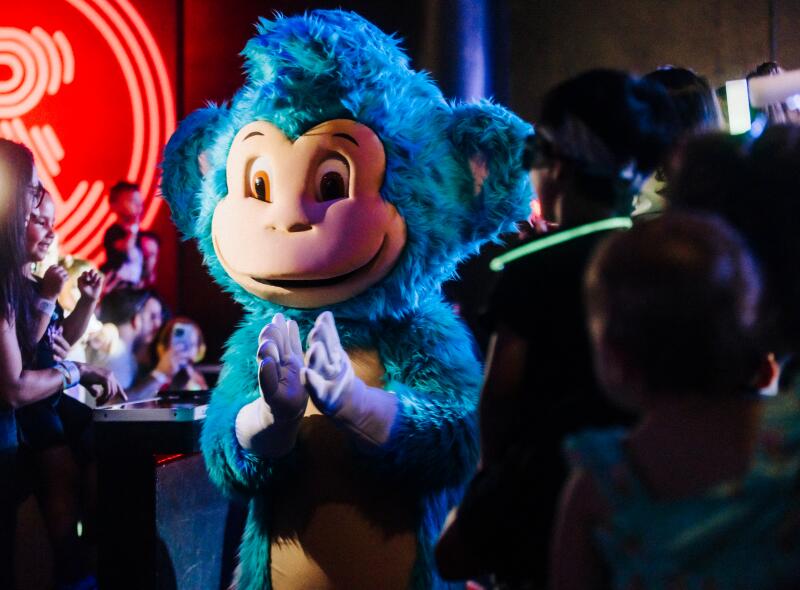Tejano, conjunto music legend Flaco Jiménez dies at 86
Famed Tejano singer-songwriter and master accordionist Leonardo “Flaco” Jiménez has died. He was 86.
Jiménez’s family shared the news of the musician’s death on his official Facebook page Thursday night. A cause of death was not disclosed.
“It is with great sadness that we share tonight the loss of our father, Flaco Jiménez. He was surrounded by his loved ones and will be missed immensely,” his family wrote. “Thank you to all of his fans and friends — those who cherished his music. And a big thank you for all of the memories. His legacy will live on through his music and all of his fans. The family requests privacy during this time of sadness and grievance.”
Over his more than seven decades in the music industry, the San Antonio native garnered six Grammy Awards, received a National Medal of Arts from President Biden and established himself as a pioneering accordion virtuoso who helped nationalize the popularity of Tejano and conjunto music in the U.S.
Jiménez is perhaps best known for his work with the Tejano music supergroup Texas Tornados, which included the talents of Freddy Fender, Doug Sahm and Augie Meyers. Texas Tornados won the Mexican/Mexican-American Performance Grammy in 1990 for their song “Soy de San Luis.” The band’s Spanglish style is on full display in their most popular track “(Hey Baby) Que Pasó?”
In 2022, the Congressional Hispanic Caucus, led by Texas Rep. Joaquin Castro, included the 1989 hit in its list of nominees to Library of Congress’ National Recording Registry, in an effort to increase Latino representation in the U.S.
Castro, a San Antonio native, shared a statement on Facebook regarding Jiménez’s death.
“I am saddened by the passing of San Antonio music legend Leonardo ‘Flaco’ Jiménez,” he wrote. “He was a pioneer in conjunto music — receiving a Lifetime Achievement Grammy, National Medal of Arts, and a place in the National Recording Registry for his work. Texas is proud of his legacy. May he rest in peace.”
Jiménez’s 1992 album, “Partners,” was inducted into the National Recording Registry in 2020.
“People used to regard my music as cantina music, just no respect,” Jiménez told the Library of Congress. “The accordion was considered something like a party joke … I really give respect to everyone who helped me out on this record, and I’m flattered by this recognition.”
His skills on the “party joke” of an instrument were so well recognized that the famed German musical instrument manufacturer Hohner collaborated with Jiménez in 2009 to create a signature line of accordions.
“The music world has lost a true legend. Flaco Jimenez was a global ambassador for Tex-Mex Conjunto music, bringing its vibrant sound to audiences around the world,” Hohner wrote in a social media post following Jiménez’s death. “His passion and virtuosity on the three-row button accordion inspired generations of musicians across cultures and continents. Since 1976, Flaco was a proud partner of Hohner, a relationship built on mutual respect and a shared love for music. It was an incredible honor to work alongside such a talented, humble, and gracious artist.”
Jiménez was born on March 11, 1939, in San Antonio to a family with a storied musical background. He first began performing at age 7 with his father, Santiago Jiménez, who himself was a pioneering figure in the conjunto movement. At 15, Flaco appeared in his first recording with the musical group Los Caporales.
He went from local fame to modest international recognition on the folk scene when musicologist Chris Strachwitz recorded him for his Arhoolie label, and after being featured in a 1974 Les Blank film on Texas-Mexican border music.
Then in 1976, Ry Cooder tapped him to be a member of his Chicken Skin Revue. Jimenez worked with Cooder on several projects, including the soundtrack to the 1982 film “The Border,” which starred Jack Nicholson.
He won the first of his three Grammy Awards for best Mexican-American performance in 1986 for his album “Ay Te Dejo en San Antonio” and his last in the category in 1999 for his work with the supergroup Los Super Seven. He also won Grammys for his solo albums “Flaco Jiménez” in 1994 and “Said and Done” in 1999, as well as a Grammy Lifetime Achievement Award in 2015.
The list of artists with whom Jiménez collaborated is as long as it is distinguished and includes Bob Dylan, Carlos Santana, Dwight Yoakam and Linda Ronstadt.
Jiménez played the accordion on the Rolling Stones’ “Sweethearts Together,” a Tex-Mex-infused ballad off of their 1994 album, “Voodoo Lounge.”
Jiménez’s success and recognition far surpassed anything he could have imagined for himself, he told The Times in 1994.
“I thought that it was always just going to be a local thing. I’d only hear my dad and other groups in San Antonio, or even here just in the barrio,” he said. “I think that audience started changing when I began to ‘bilingual’ a lot of stuff and started playing rock ‘n’ roll and with a little country to it. Then the reaction of the people, not just the Chicanos but the Anglos, was stronger.”
Speaking with The Times in 1996, Jiménez said he was delighted that crossover with country had helped to bring the distinctive sound of accordion-based Tejano music to a wider audience.
“It’s more respected and more listened to than ever before. I’m satisfied. At the level Tejano or conjunto music is now, we can communicate with the mainstream,” he said.
Reflecting on how far the reach of conjunto had come, Jiménez recalled one of his earliest and most impactful memories introducing the genre across the globe.
“Conjunto or Tex-Mex music was not known at all. We went on tour to Switzerland, and when I got to the concert hall there was just one microphone and one chair. They thought I was going to give a concert with pura acordeon — just the accordion,” he said.
“I said, ‘Hey, where’s the rest of the amps and whatever?’ And they managed to get a drum set so we did our thing. Then the audience noticed, ‘Hey, this is fun!’ And it got really wild. Because when I play, I’m really just having a party with the audience.”
Times staff writer Fidel Martinez contributed to this report.
